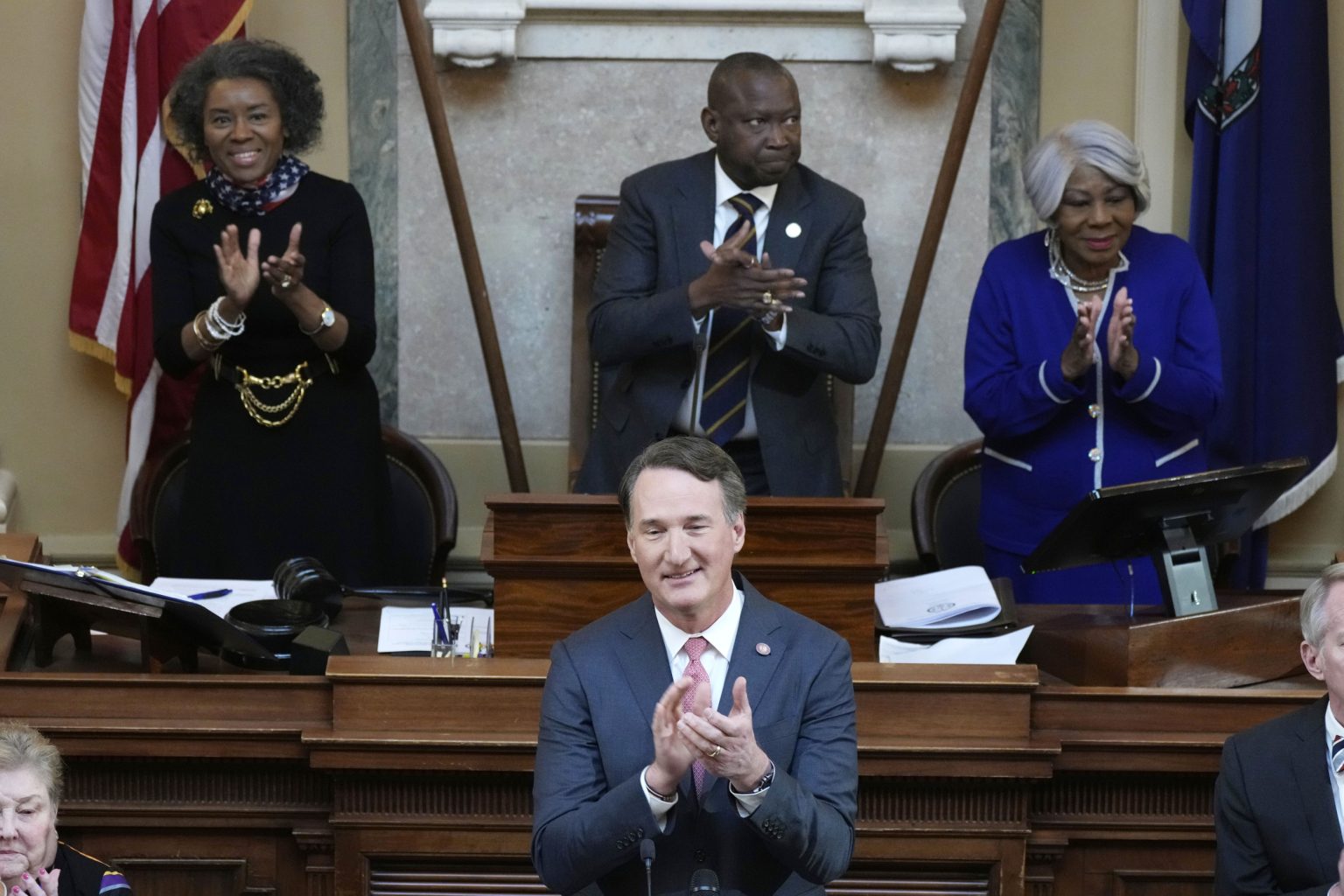Virginia’s budget negotiations have taken center stage as the Democrat-controlled General Assembly unveiled its spending plan, offering a different approach to tax relief than the one proposed by Republican Governor Glenn Youngkin. The legislative proposal, crafted by the Senate and House of Delegates appropriations committees, emphasizes direct financial assistance to a broader spectrum of Virginians through a one-time tax rebate, while also investing in key areas such as education, workforce development, and infrastructure. This counter-proposal sets the stage for a period of negotiation and compromise as lawmakers seek to reconcile their priorities with the governor’s vision for the state’s fiscal future.
The cornerstone of the General Assembly’s budget plan is a substantial $1 billion tax rebate program, designed to provide immediate financial relief to millions of residents grappling with the pressures of inflation and economic uncertainty. Under this proposal, individual taxpayers would receive a $200 rebate, while joint filers would receive $400. This approach contrasts sharply with Governor Youngkin’s earlier proposal, which focused on car tax relief and eliminating taxes on tips for hospitality workers. Democrats argue that their rebate plan is more equitable and inclusive, reaching a wider range of Virginians, including those who do not own cars or earn above a certain income threshold. The targeted distribution date for these rebates is October 15, offering a tangible timeline for anticipated relief.
Beyond the rebates, the General Assembly’s budget prioritizes investments in several key areas. Both the Senate and House plans advocate for an increase in the state’s standard deduction, a move that would provide further tax relief to many residents. Recognizing the importance of a robust infrastructure network, the budget allocates significant funding for infrastructure improvements. To support low-income working families, the plan calls for raising the refundable portion of the earned income tax credit to 20 percent. Furthermore, the budget acknowledges the vital contributions of public sector workers, earmarking funds for salary increases and bonuses, particularly for teachers and other essential personnel.
The Senate’s budget proposal further details specific allocations, including $217.5 million for bonuses targeting teachers, state employees, and local government workers. Recognizing the ongoing housing challenges faced by many Virginians, the Senate plan also earmarks millions of dollars for rental assistance programs. Healthcare and childcare initiatives also receive significant funding allocations, reflecting the General Assembly’s commitment to addressing critical social needs. A notable provision in both the House and Senate plans is a one-time $1,000 bonus for K-12 public school teachers, which would be in addition to previously approved pay raises, demonstrating a commitment to supporting educators.
While both legislative chambers agree on the need for tax relief, their proposed approach diverges significantly from Governor Youngkin’s earlier plan. The governor had advocated for a $1.1 billion allocation to a car tax credit fund, a mechanism projected to indirectly provide income tax rebates to nearly 1.9 million residents. However, a Senate subcommittee recently tabled these proposals, signaling that they are unlikely to be incorporated into the final budget. This difference in approach underscores the potential challenges ahead as the General Assembly and the governor work to reach a consensus on the state’s fiscal priorities.
The next phase in the budget process involves negotiations between the House and Senate to reconcile their respective plans and create a unified budget proposal. This compromised version will then be submitted to Governor Youngkin for his review and approval. While the governor has expressed his appreciation for the work of the appropriations committees, he has also acknowledged areas of disagreement. This sets the stage for a period of intense negotiation and compromise as lawmakers strive to finalize a budget that addresses the needs of Virginians while balancing fiscal responsibility. The coming weeks will be crucial in determining the final shape of the state’s budget and the specific forms of tax relief and investments that will ultimately be implemented.

